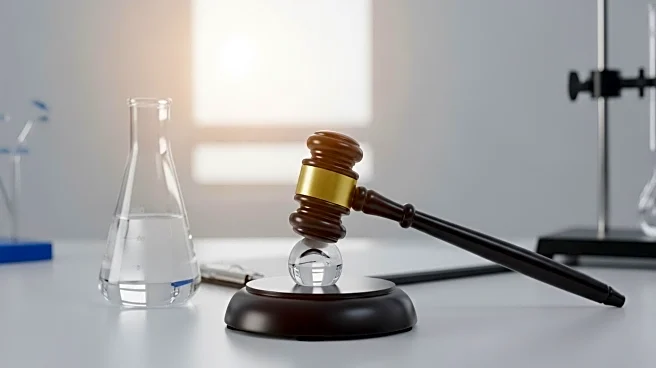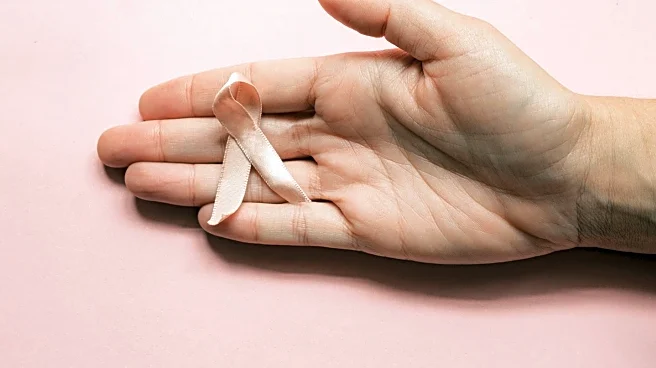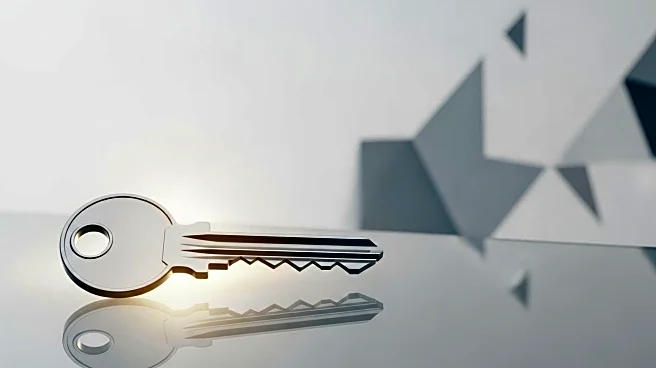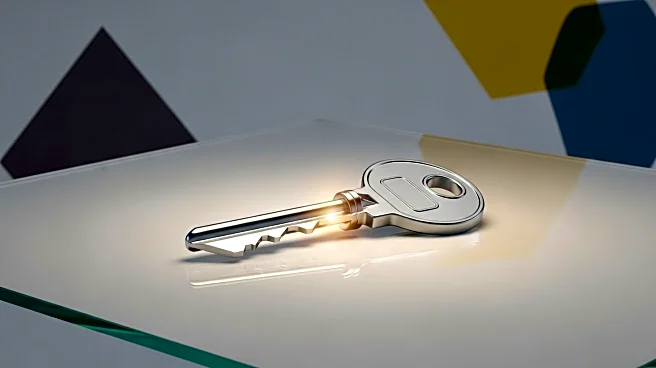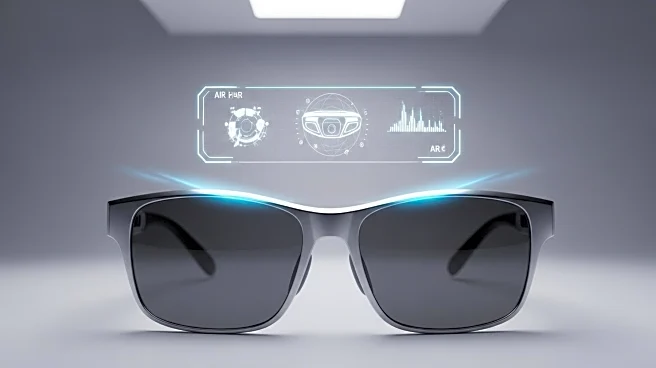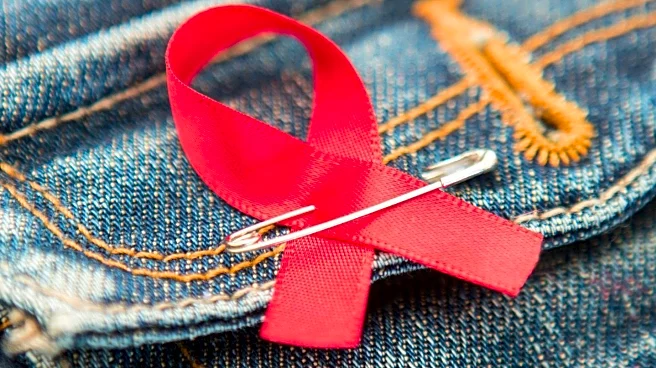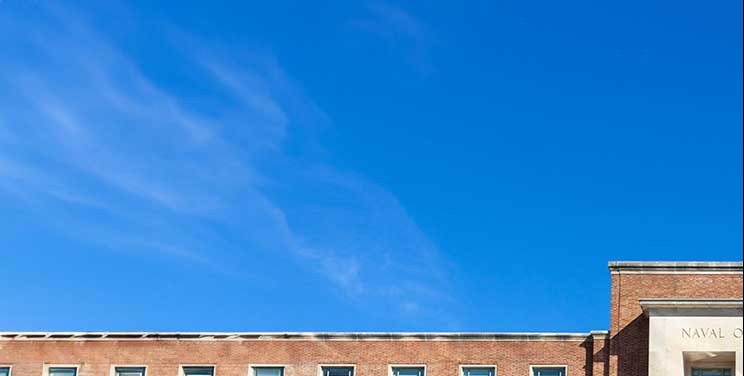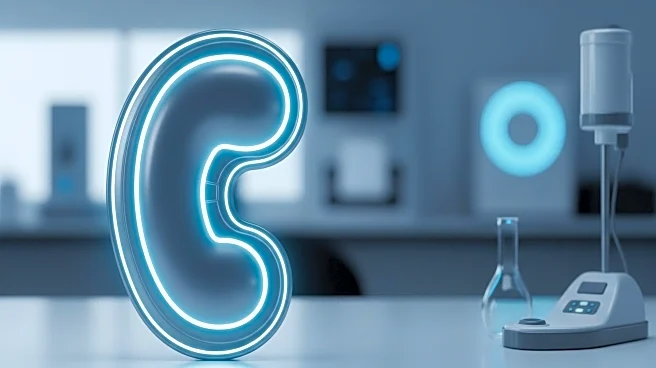What's Happening?
EssilorLuxottica has received authorization from the Food and Drug Administration (FDA) for its new spectacle lens designed to slow the progression of myopia, or nearsightedness, in children. The lens, known as the Essilor Stellest, demonstrated a 71% reduction in myopia progression over a 24-month study. This lens is the first of its kind to be approved in the U.S. for this purpose. The FDA's decision is based on data from a randomized multicenter clinical trial involving children aged 6 to 12 years. The lens features a clear central area surrounded by rings of tiny raised dots that defocus peripheral light, which is believed to slow eye growth and limit myopia. The lens is intended for children who may not be suitable candidates for contact lenses, offering a lower-risk alternative.
Why It's Important?
The approval of EssilorLuxottica's lens is significant as myopia is a growing concern in the U.S., affecting approximately 40% of the population, with increasing prevalence among children. High myopia can lead to severe complications such as retinal detachment and glaucoma. The availability of this lens provides a new option for managing myopia in children, potentially reducing the risk of these complications. It also expands treatment options for younger children who may not be able to use contact lenses, which carry risks of infections. This development could lead to broader adoption of myopia management strategies in pediatric eye care, potentially influencing public health outcomes related to vision.
What's Next?
EssilorLuxottica plans to introduce the Stellest lens to the U.S. market in the coming weeks. The FDA has established special controls for the lens, outlining labeling and performance testing requirements for similar devices. This could pave the way for more innovations in myopia management. The market already includes CooperVision's MiSight 1 Day contact lenses, approved in 2019, but EssilorLuxottica's eyeglass lens offers a new alternative for younger children. The introduction of this lens may prompt further research and development in the field of pediatric ophthalmology, potentially leading to more advanced solutions for myopia control.

